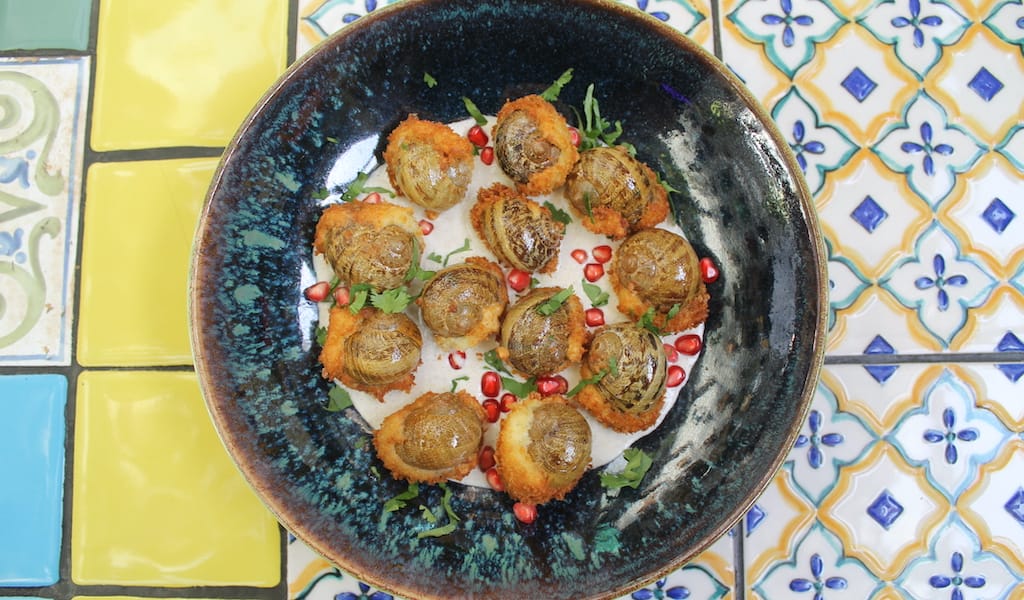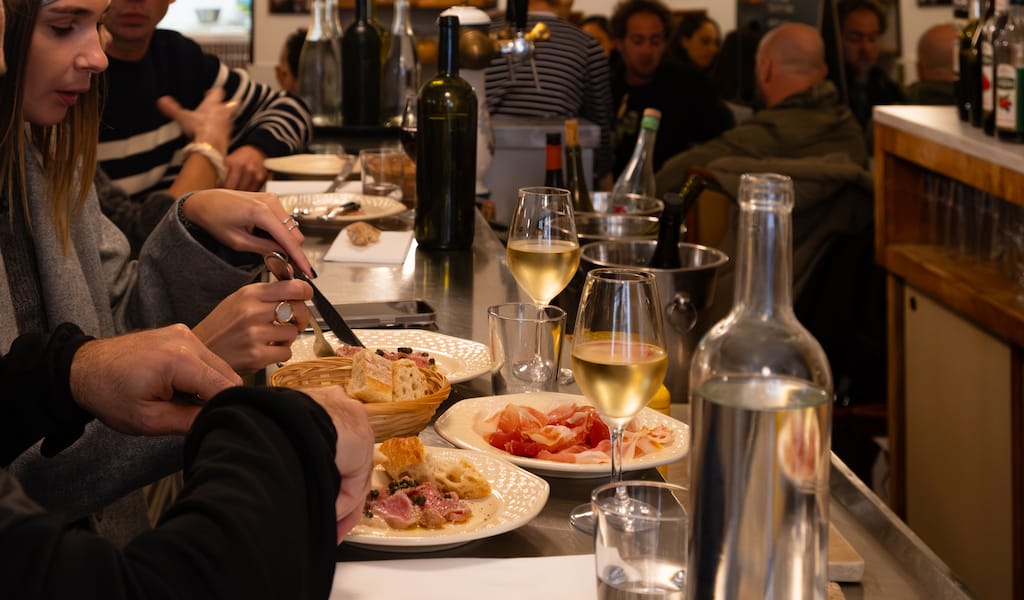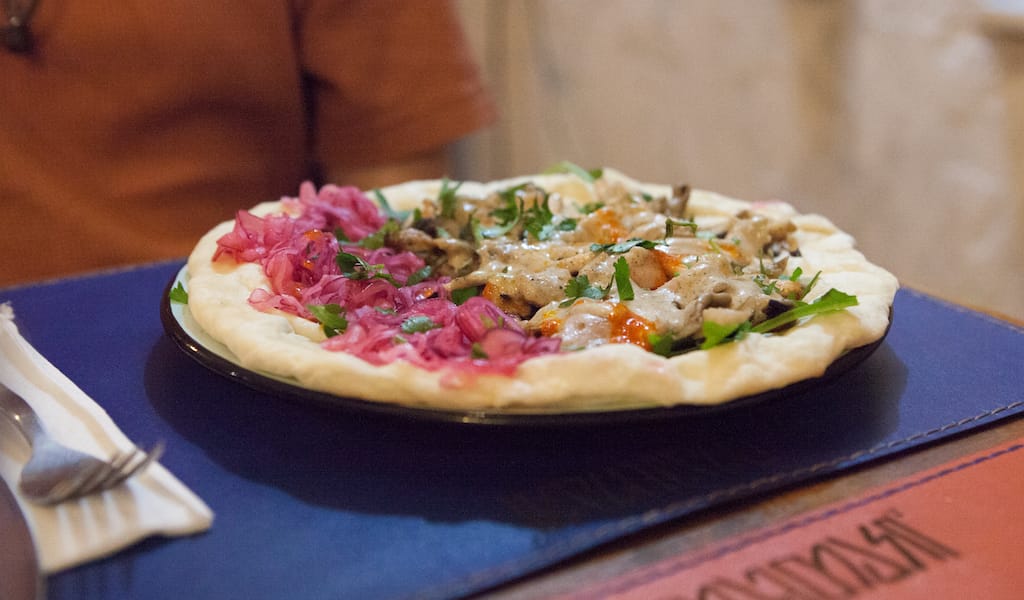For a while, French-Georgian fusion restaurant Métis, which opened in 2017, seemed to be the only place in town to get snails, served in their iconic snail khinkali. We took several trips to Akhaltsikhe and other areas of Samtskhe-Javakheti, asking for snails, and were always told the season was wrong or to look somewhere else. Then, in April 2021, Chef Guram Bagdoshvili added his riff on Meskhetian snails to the menu of his Georgian-Asian restaurant Chveni, and, with the recent addition of snail khinkali to their menu as well, today there are at least three snail dishes easily available to the avid Tbilisi gastropod consumer.
While there is a long history of snail consumption in southern Georgian region of Meskheti, perhaps dating back to the arrival of French missionaries in the 16th century, snails are finally making their way into the culinary scene of Georgia more broadly – from the export-oriented snail farms of Samegrelo to the upscale restaurants of Tbilisi, snails are having their moment. Though the market for consuming escargots in Georgia has been growing at a snail’s pace, the export-oriented snail farming industry has been expanding much faster.
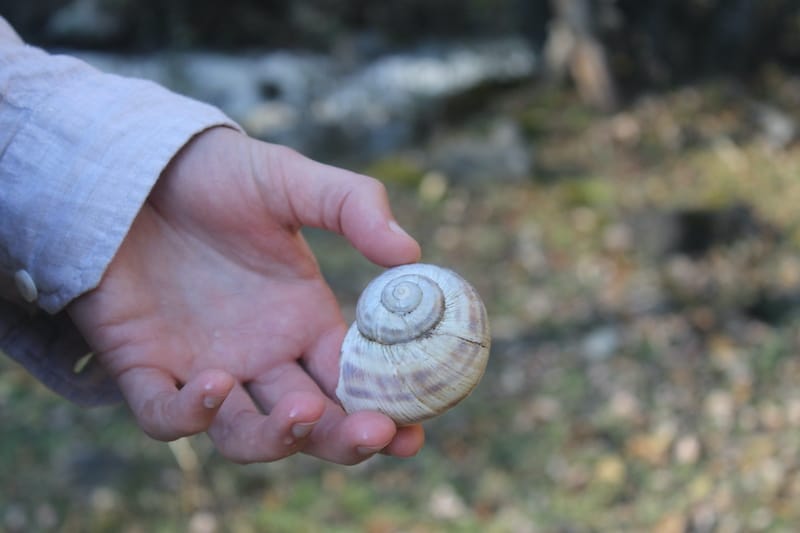
In 2018, Malkhaz Dundua and Merab Nadaraya started a six-hectare snail farm, in Akhali Khibula, Samegrelo, on the advice of an Italian winemaker friend. Dundua says he started the business after trying snails in France: “They were very delicious. I really love them and, more importantly, snails themselves are a very healthy food.” Dundua’s family cooks French-style snails at home sometimes, which Dundua prefers to the “unusual, distinctive … but very good” Meskhetian preparations, which he has also tried. “Historically, they were more popular in Samtskhe-Javakheti; there, there are several traditional dishes made from snail meat,” Dundua says. “Even today in Meskheti snails are popular, though there it’s wild snails, found in nature.” (The variety eaten there is Lindholmia nordmannii, according to Georgian snail expert Levan Mumladze.) Dundua also says: “In Europe, the demand for snails has become more popular and, because of this, wild snails in nature are greatly reduced; they are almost nonexistent, and therefore they have switched to farmed snails.”

The Russian invasion of Ukraine has impacted Georgia in many ways; one unexpected one was even higher demand for Georgian snails – according to the Associated Press, Ukraine exported 844 tons of snails to the EU in 2021. This flow, like other Ukrainian exports, has been dramatically disrupted, and has left European importers looking for new sources.
These days, Dundua and Nadaraya run Nadi Group, a constantly expanding snail breeding, farming, and export company. They farm several types of common garden snail, but the most popular varieties sold are Helix aspersa Müller, in Spain and Portugal, and Helix aspersa maxima, in Italy and France. (Helix is a common name for these snails, which were considered part of the genus Helix for over two hundred years but have been recategorized by some scientists in the genus Cornu, as Cornu aspersum). Their first snails were imported from Italy. One hectare can hold between 15-20 tons of snails, and each snail, including its shell, weighs about 15-18 grams. This means that their original 6 hectare snail farm could host between 500,000 and 8,000,000 snails at any given moment! More importantly for the Georgian economy, each kilo sells for between 4 and 4.30 euros. While Nadi Group currently exports mainly to France and Spain, Dundua says that in the coming years they expect to sell finished snails on the Georgian market as well.
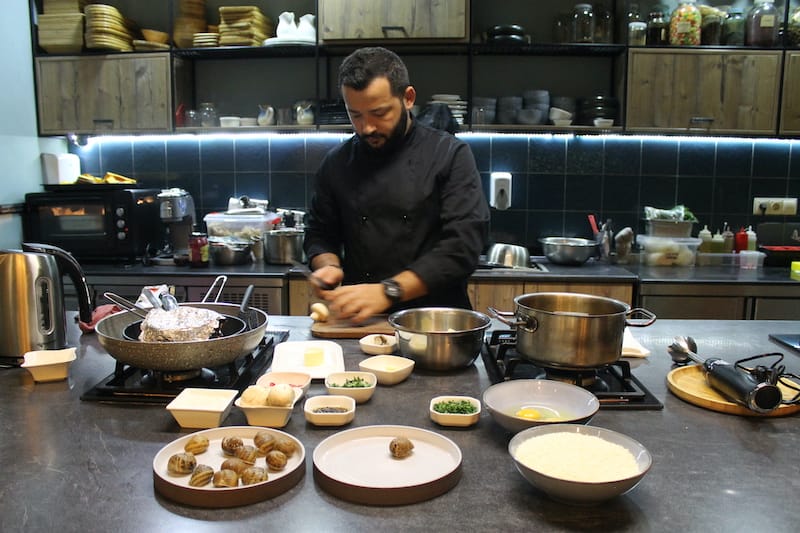
In December 2021, Georgia obtained permission to export snails to the EU, and the Ministry of Environmental Protection and Agriculture had, as of that date, provided 10 million GEL worth of loans to support the development of the snail industry in Georgia. Enterprise Georgia, a government project, also provided a 1.5 million GEL loan to the company Timeo to open a snail processing plant in Tsilkani, Mtskheta-Mtianeti, which is expected to export 1,000 tons of wild snails to France every year.
Georgia, situated as it is in the biological diversity hotspot that is the Caucasus, has 255 recorded species of wild land snail and slug, including 55 species found only in Georgia.
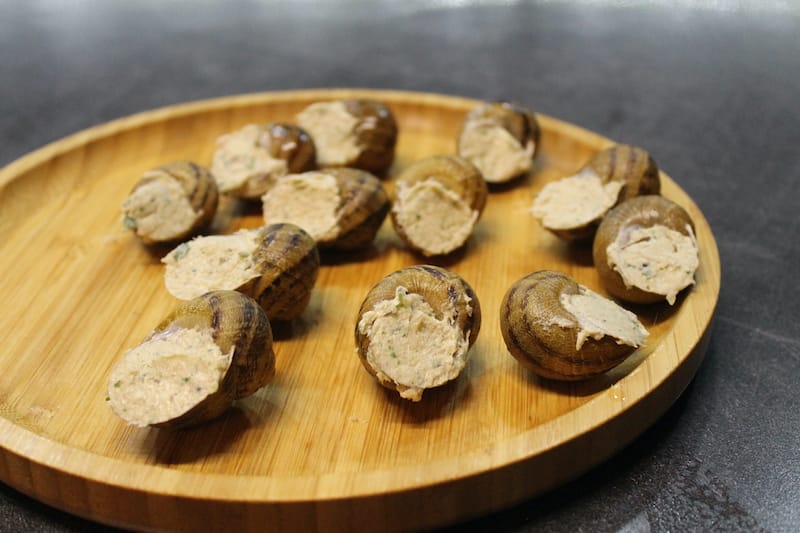
Nadaraya, Dundua and some Norwegian partners are also working on a project to produce semi-finished snails for export to Spain and Italy. Representatives of the Italian National Institute of Heliciculture of Cherasco went to Georgia in 2022, visiting the recently-opened Tbilisi branch of the organization and meeting with Minister of Economy Levan Davitashvili, Minister of Agriculture Otar Shamugia and head of the National Food Agency Zurab Chekurashvili to discuss developing the snail industry. Métis owner Thibault Flament says, “Snail production is a step in the right direction in producing low-impact animal protein. … I know that the European Union has invested in snail production facilities in Georgia. For me, it is a good symbol of how Europe supports Georgia with sustainable solutions.”
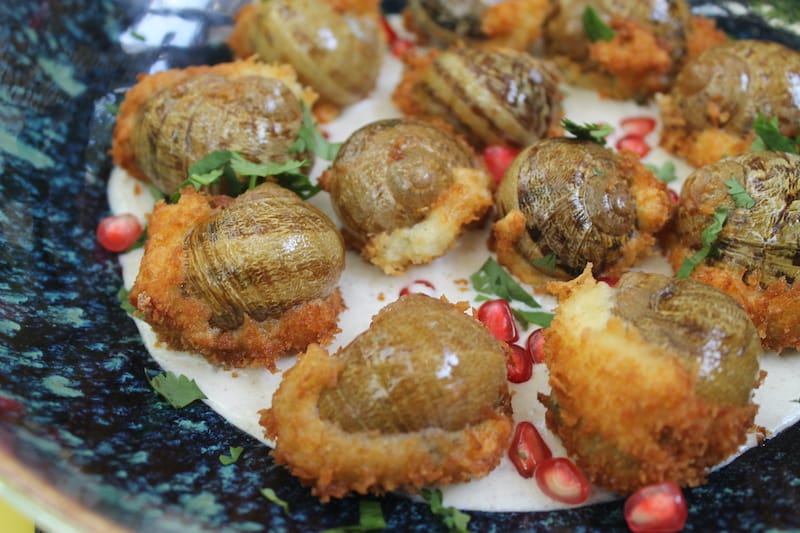
Meanwhile, at Chveni, a charming restaurant with a plant-filled courtyard and tiled tables, owner Bagdoshvili added snails to his menu in a nod to his Meskhetian roots. One quiet afternoon last autumn, while groups of well-dressed Georgians and the occasional group of tourists wandered in off of Agmashenebeli Avenue, chef Iveri Nakashidze walked us through the process of making their crunchy and rich snail dish, a preparation we’d never encountered before. He gracefully chopped up button mushrooms before using an immersion blender to combine them with sulguni cheese, preserved oyster mushrooms, softened butter, parsley and a smidge of truffle paste. Next, he grabbed a snail, already cooked and returned to its home, and filled in the remaining space in the shell with the paste, before dredging each in egg and panko and dropping it in a pot of bubbling oil. Meanwhile, Nakashidze made a rich sauce with more mushrooms, onions, butter, cream, another bit of truffle paste, salt and pepper. Once the snails were crispy and golden, he carefully placed them in a shallow bowl atop the sauce, then sprinkled them with pomegranate arils and parsley, eating one before giving the rest (a lot of snails!) to us. While Nakashidze and the other Chveni staff members we’d spoken to had all tried their restaurant’s snails before, none of them had incorporated snails into their regular diet. When they do though, Georgia’s snail farms are ready!
 March 19, 2024 À Moro
March 19, 2024 À Moro
In a small dining room with Italian terrazzo floors, warm lighting, and earthy, […] Posted in Marseille March 15, 2024 Tamtaki
March 15, 2024 Tamtaki
The Vera district of Tbilisi is bursting with tempting food options, from traditional […] Posted in Tbilisi March 1, 2024 Pancholi-na
March 1, 2024 Pancholi-na
Last summer, when we first saw handmade posters on the street written in English and […] Posted in Tbilisi
Katharine KhamhaengwongKatharine Khamhaengwong
Published on February 06, 2023
Related stories
March 19, 2024
MarseilleIn a small dining room with Italian terrazzo floors, warm lighting, and earthy, distressed walls, every table is occupied. There are regulars from the neighborhood, couples on a quiet afternoon date, a father and small son giggling over pasta, and colleagues sharing plates at a long table in the corner. We grab the only seats…
March 15, 2024
TbilisiThe Vera district of Tbilisi is bursting with tempting food options, from traditional Georgian feasts to cinnamon rolls and pizza. But there is nowhere like Tamtaki in the neighborhood – or anywhere else in Tbilisi, for that matter. Founded by chef Tamta Kikaleishvili and her mother, Katya Gegia, in 2020, the origin of the name…
March 1, 2024
Tbilisi | By Clément Girardot
TbilisiLast summer, when we first saw handmade posters on the street written in English and Georgian announcing the opening of a Japanese bakery, we were both bewildered and excited. On top of many local tone (traditional ovens), Tbilisi had French, German, Turkish and Lithuanian bakeries – but Japanese bread and pastries were unheard of. We…







































